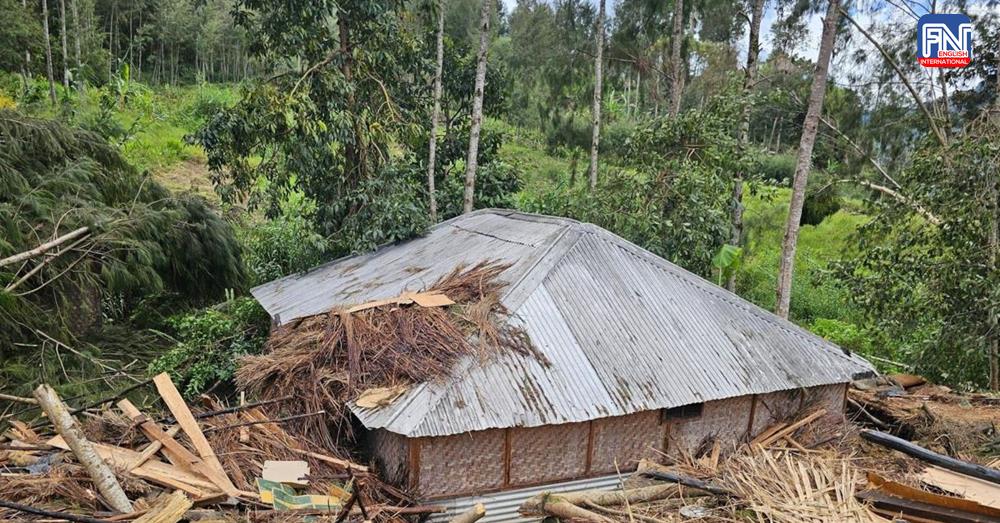SYDNEY, May 26 (Reuters) - More than 670 people are assumed to have died in Papua New Guinea's massive landslide, the U.N. migration agency estimated on Sunday as rescue efforts continued.
Media in the South Pacific nation north of Australia had previously estimated Friday's landslide had buried more than 300 people. But more than 48 hours later the International Organization for Migration (IOM) said the death toll may be more than double that, as the full extent of the destruction is still unclear and continuing dangerous conditions on the ground are hampering aid and rescue efforts.
Only five bodies had been retrieved from the rubble so far.
The agency based its death toll estimates on information provided by officials at Yambali Village in the Enga province, who say more than 150 houses were buried in Friday's landslide, Serhan Aktoprak, the chief of the agency's mission in Papua New Guinea said in an email statement.
"Land is still sliding, rocks are falling, ground soil is cracking due to constant increased pressure and ground water is running thus the area is posing an extreme risk for everyone," Aktoprak said.
More than 250 houses nearby have been abandoned by the inhabitants, who had taken temporary shelter with their relatives and friends, and some 1,250 people have been displaced, the agency said.
"People are using digging sticks, spades, large agricultural forks to remove the bodies buried under the soil," Aktoprak said.
The IOM said an elementary school, small businesses and stalls, a guesthouse, and a petrol station were also buried.
The U.N.'s Papua New Guinea office said five bodies were retrieved from an area where 50 to 60 homes had been destroyed, and a number of injured reported, including at least 20 women and children.
IOM said the community in this village was relatively young and it's feared that the most fatalities would be children of 15 years or younger.
Social media footage posted by villagers and local media teams show people clambering over rocks, uprooted trees and mounds of dirt searching for survivors. Women could be heard weeping in the background.
The landslide hit a section of highway near the Porgera gold mine, operated by Barrick Gold (ABX.TO) through Barrick Niugini Ltd, its joint venture with China's Zijin Mining (601899.SS).
The Porgera Highway remains blocked, IOM said, and the only way to reach the Porgera Gold Mine and other localities cut off from the rest of Enga Province is via helicopter.
The geographic remoteness and the tough, hilly terrain is slowing rescue and aid efforts.
The government and the PNG Defence Force engineering team is on the ground now, but heavy equipment like excavators, required for the rescue, are yet to reach the village. IOM said the community may not allow use of excavators until they consider they had fulfilled their mourning and grieving obligations.
"People are coming to terms with the fact that the people under the debris are now all but lost," IOM said in an earlier status update by email.
The government plans to establish two care/evacuation centres, each on one side of the landslide affected area to host the displaced who may need shelter.
A humanitarian convoy has started distributing bottled water, food, clothing, hygiene kits, kitchen utensils, tarpaulins, as well as personal protective equipment.
Aid group CARE Australia said late on Saturday that nearly 4,000 people lived in the impact zone but the number affected was probably higher as the area is "a place of refuge for those displaced by conflicts" in nearby areas.
At least 26 men were killed in Enga Province in February in an ambush amid tribal violence that prompted Prime Minister James Marape to give arrest powers to the country's military.
The landslide left debris up to 8 metres (25 feet) deep across 200 square km (80 square miles), cutting off road access and making relief efforts difficult, CARE said.
Marape has said disaster officials, the Defence Force and the Department of Works and Highways were assisting with relief and recovery efforts.
